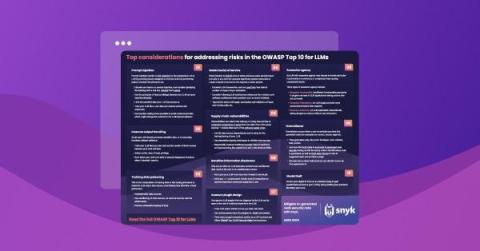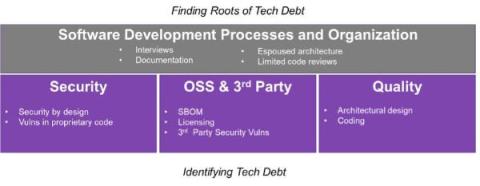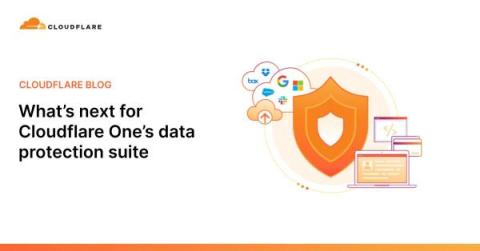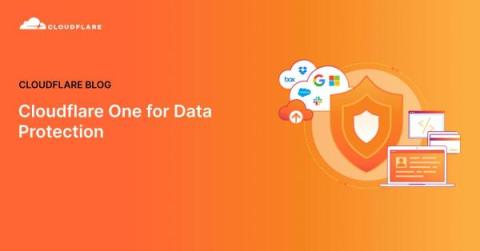Security | Threat Detection | Cyberattacks | DevSecOps | Compliance
Technology
What Is IoT Security?
Internet of Things (IoT) security protects IoT devices and the networks to which they connect from cyberattacks. IoT devices can include anything that connects to your internet including doorbell cameras, baby monitors, smart bulbs and thermostats. This presents a cybersecurity risk because anything that can connect to your internet is at risk of being hacked.
Deep learning in security: text-based phishing email detection with BERT model
Top considerations for addressing risks in the OWASP Top 10 for LLMs
Welcome to our cheat sheet covering the OWASP Top 10 for LLMs. If you haven’t heard of the OWASP Top 10 before, it’s probably most well known for its web application security edition. The OWASP Top 10 is a widely recognized and influential document published by OWASP focused on improving the security of software and web applications. OWASP has created other top 10 lists (Snyk has some too, as well as a hands-on learning path), most notably for web applications.
Black Duck audits reporting update: Streamlined view of risks and remediation steps
What's next for Cloudflare One's data protection suite
Today, we announced Cloudflare One for Data Protection — a unified suite to protect data everywhere across web, SaaS, and private applications. This suite converges capabilities including our data loss prevention (DLP), cloud access security broker (CASB), Zero Trust network access (ZTNA), secure web gateway (SWG), remote browser isolation (RBI), and cloud email security services. The suite is available and packaged now as part of Cloudflare One, our SASE platform.
How to safeguard your AI ecosystem: The imperative of AI/ML security assessments
Cloudflare One for Data Protection
Data continues to explode in volume, variety, and velocity, and security teams at organizations of all sizes are challenged to keep up. Businesses face escalating risks posed by varied SaaS environments, the emergence of generative artificial intelligence (AI) tools, and the exposure and theft of valuable source code continues to keep CISOs and Data Officers up at night.
8 questions about AI and compliance
AI is one of the hottest topics in tech right now. More than half of consumers have already tried generative AI tools like ChatGPT or DALL-E. According to a Gartner poll, 70% of executives say their business is investigating and exploring how they can use generative AI, while 19% are in pilot or production mode. Business use cases for AI range from enhancing the customer experience (38%), revenue growth (26%), and cost optimization (17%).
Keeping cybersecurity regulations top of mind for generative AI use
Can businesses stay compliant with security regulations while using generative AI? It’s an important question to consider as more businesses begin implementing this technology. What security risks are associated with generative AI? It's important to earn how businesses can navigate these risks to comply with cybersecurity regulations.











